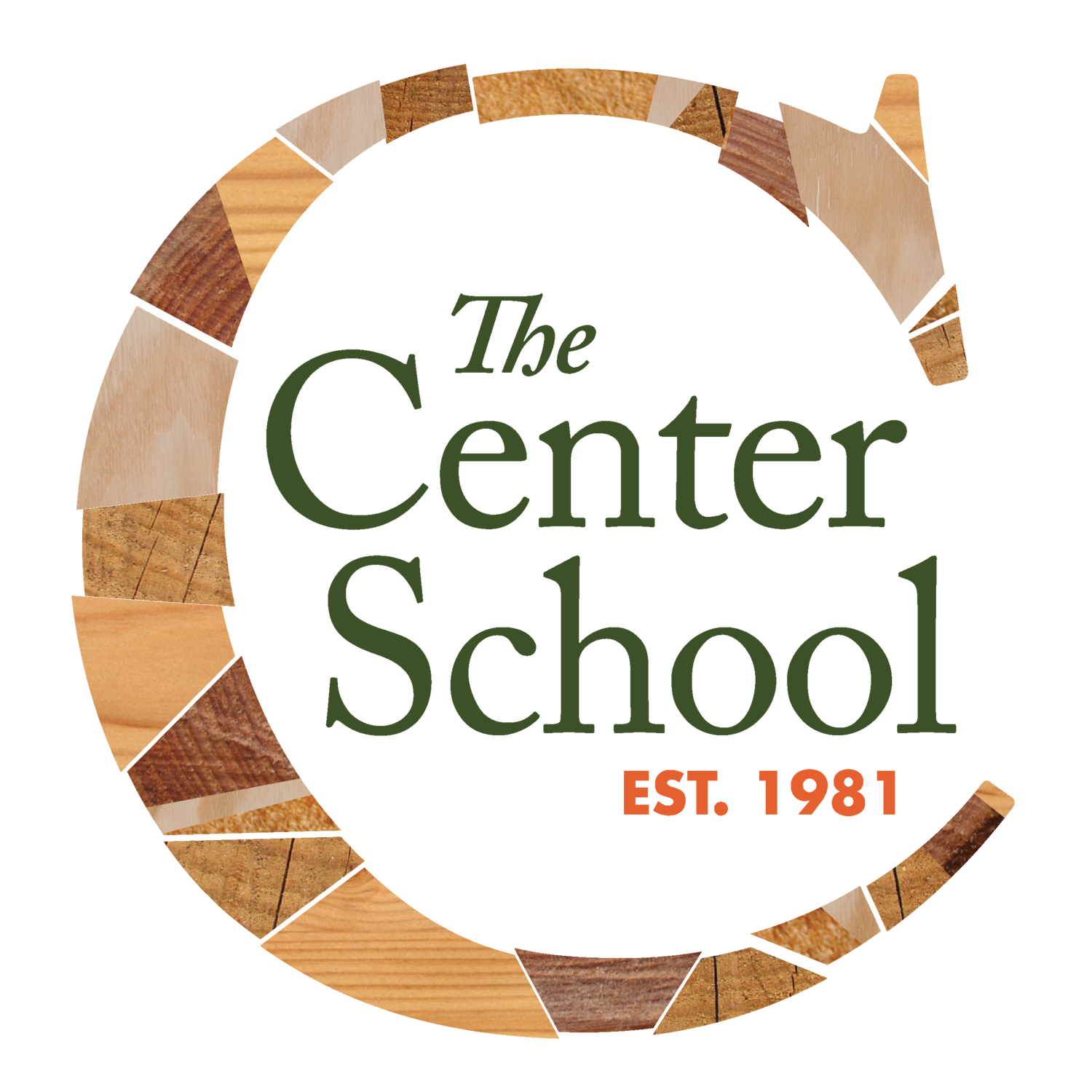Foundational Play Theories in the Dancing Primes (Toddler)
The Dancing Primes have grown to be a confident group and it is clear that they feel secure in our classroom environment, know our daily routines, and are familiar with the school beyond the Dancing Primes classroom. Concurrently, the preschool teachers have been looking more deeply at the foundational play theories that guide our teaching, including the development of play (such as solitary, parallel, associative, and cooperative play) and common early childhood play schemes (such as Positioning, Enveloping, Connecting, and Transporting) in order to help shape our observations and how we provide learning opportunities to each student. Keeping this reflective work in mind, as well as the knowledge that the Dancing Primes are more confident as a group, it was clear that a recent morning spent in the studio was full of opportunities to connect the two.
As a class, the Dancing Primes have been able to branch out from and spend time outside of our classroom, and this included spending some of our Wednesday morning play time in the Atelier (affectionately known as "the Studio"). This was very exciting for the Dancing Primes, as we have walked by the studio many times on our way to and from the vestibule, but have not spent much time there yet! Each child appeared eager to explore as they entered the room and noticed the materials and projects thoughtfully set up for us by Kiah (Super Primes and Student Support Teacher), which included painting, building with blocks, and playing in the pretend kitchen. No matter their level of play skill development, there was something for each Dancing Prime student to enjoy. Some children immediately sat down to paint, exploring the use of dabbers as well as brushes. Some chose to use a single color all over their paper while others experimented with mixing several colors. Several children changed where they were sitting while at the table. This sparked a conversation about the collaborative nature of this project, which was new for some children who were more familiar with working on individual pieces (and challenged their solitary and parallel play skills).
One child spent time exploring and organizing small colored blocks, placing each one carefully in a line (a perfect example of the Positioning play scheme), which then inspired other children to do the same (an example of Onlooker play transforming into Parallel play). Some children preferred to explore the toys and materials of the studio on their own (solitary play) and spent time dumping and filling (enveloping play), while others discovered magnetic toys and worked to make a chain of these (connecting play). Some Dancing Primes also worked together in the play kitchen to prepare "food" and pass it around to each person in the room (Associative and even some Cooperative play)!
The beauty of these materials and activities was that they met each child at their current developmental level while also providing opportunities to branch out into new skill development (or continue highly familiar play if necessary). The teachers were provided with a chance to reflect on each child's play in a new environment, which will then help inform which activities can be brought back to the classroom to further support play development. Every child was engaged and successful during their studio time and we are thankful to Kiah for this opportunity. We are excited to see what else our future studio time will bring!



